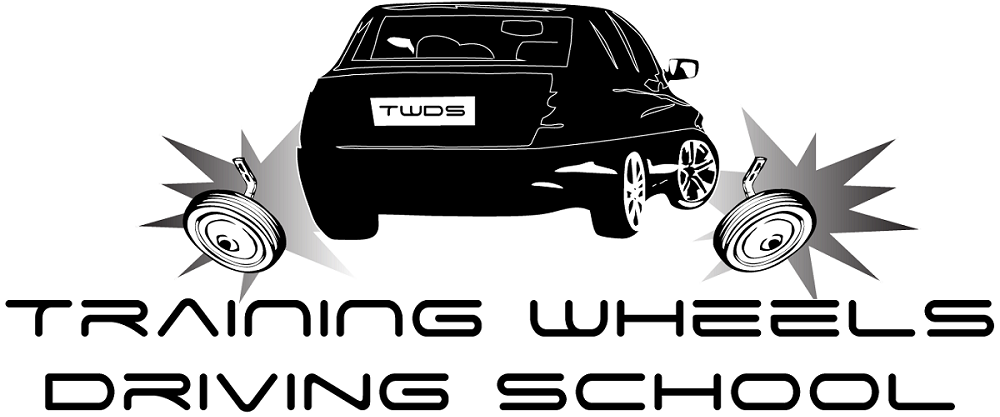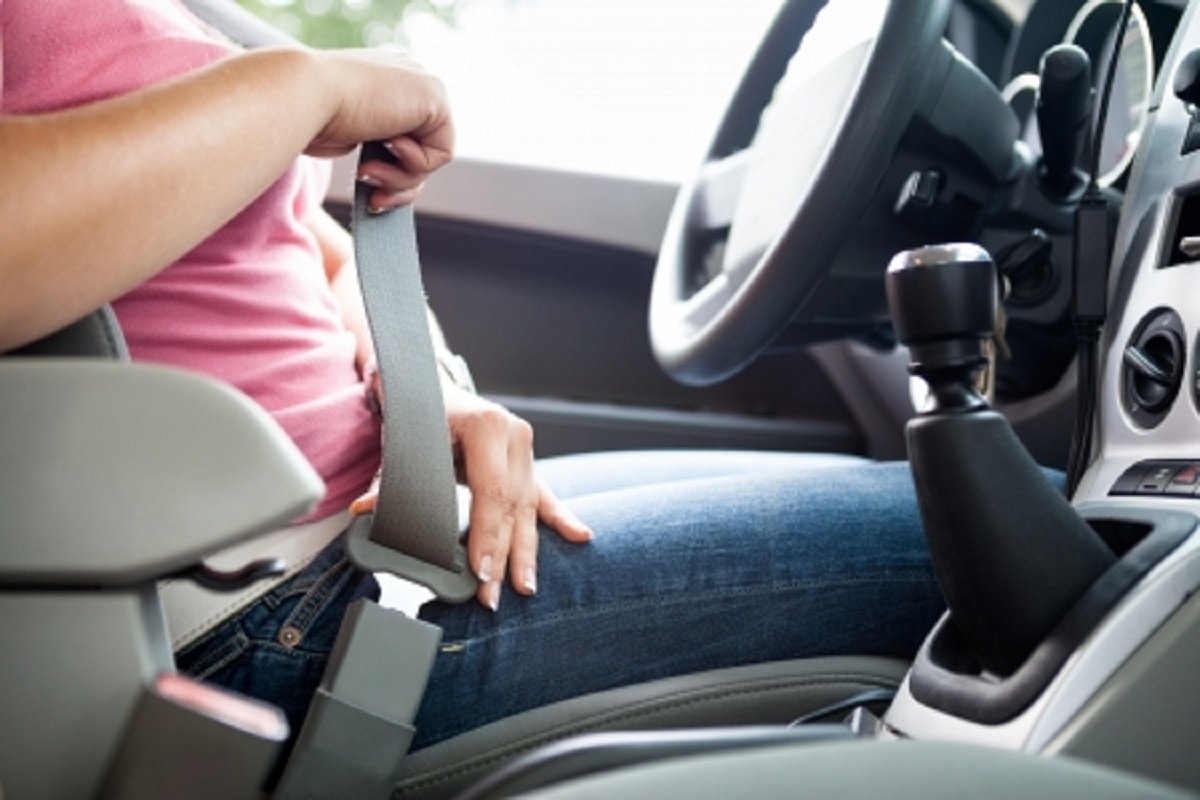Every year roughly 33,000 people die as a result of motor vehicle accidents. As one of the leading causes of death for people of all ages in the U.S., per the National Highway Traffic Safety Administration (NHTSA), motor vehicle crashes are best made non-lethal with the help of seat belts. With a 45-60 percent rate of effectiveness, seat belts have saved possibly 300,000 people in the U.S. from losing their lives in accidents since 1975.
Fatality Rates
Buckling up is an essential safety procedure before operating or riding in any vehicle. By doing so, passengers remain safe and secure inside the car. Seat belts also play a part in passengers defending themselves against impaired drivers. The NHTSA reported in 2014 that 87 percent of drivers used their seatbelts. With a proper lap and shoulder belt, the risk of fatalities is decreased by 45 percent, and risks of critical injury are reduced by 50 percent. For larger vehicles like trucks, fatal injury and critical injuries are reduced by 65 percent.
In total, traffic accidents tend to cost around $230 billion each year in medical expenses because of loss of productivity, property damage, and other related costs. In states with primary seat belt laws, law enforcement may even stop a vehicle and issue a citation to drivers or passengers. Officers in states with secondary seat belt laws can only stop drivers after citing them for another infraction. Primary or standard seat belt laws are effective in increasing seat belt usage. Enforcing these laws has increased the rate of drivers using the restraint system by ten percent, helping to further reduce injuries and fatalities.
States with Primary Laws
Currently, more than 30 states have primary seatbelt laws, including the District of Columbia, Alabama, Alaska, Arkansas, California, Connecticut, Delaware, Florida, Georgia, Hawaii, Illinois, Indiana, Iowa, Kansas, Kentucky, Louisiana, Maine, Maryland, Michigan, Minnesota, Mississippi, New Jersey, New Mexico, New York, North Carolina, Oklahoma, Oregon, Rhode Island, South Carolina, Tennessee, Texas, Utah, Washington, West Virginia, and Wisconsin. NHTSA reported that states with primary restraint laws average 90 percent use while states with secondary laws average around 79 percent.
Luckily, standard seat belt laws have not infringed on the personal rights of citizens, with research even disputing the belief that these laws lead to increased instances of racial profiling. A person who is unrestrained costs more than someone who is. The NHTSA stated that the average charge for an unbelted passenger costs 55 percent more than someone who was buckled in. So, next time you’re on the road, keep in mind that buckling in is just a part of being an upright, and safe, citizen.
Think you or someone you know is in need of Behind the Wheel Training? Training Wheels is a Longport driving school specializing in teaching new teen drivers how to stay safe on the road. For more information on our lessons, please click here.
Copyright: luckybusiness / 123RF Stock Photo

